Hotline
+86-136 8495 9862
Email:cennia@szmizhi.com
Add::104,Building 27,Third Industrial Zone, Longxi Community,Longgang District,Shenzhen,China.
Coil Forming & Handling Equipment
Surface Treatment Equipment
Solutions
Application
About Us

Welcome to MIZHI
For consultation/feedback, please call the service hotline: +86-136 8495 9862 Email:cennia@szmizhi.com
Our company is well received by customers with perfect solutions, good product quality, performance, and after-sales
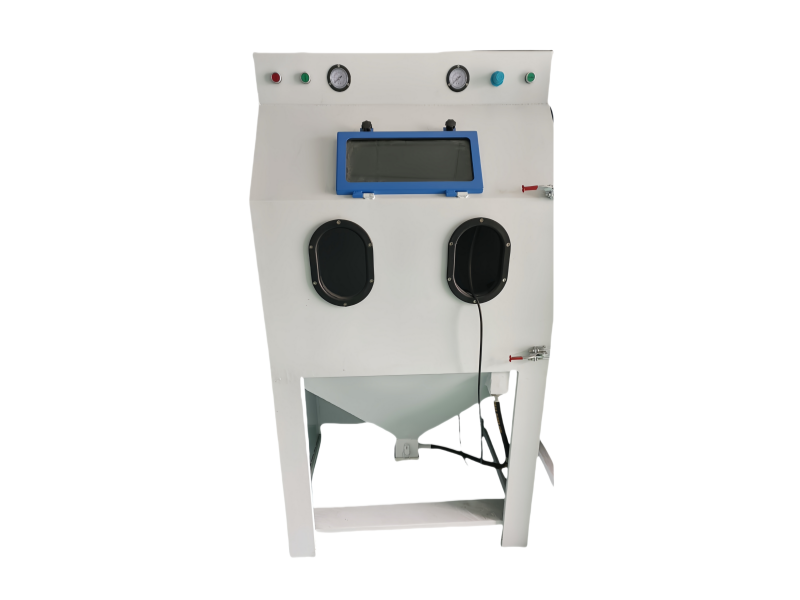
Sand blasting machines, also known as abrasive blasting systems, have emerged as indispensable tools in modern manufacturing, construction, and maintenance. From their humble beginnings in the early 20th century—when sand was first propelled by compressed air to clean surfaces—these machines have evolved into sophisticated systems capable of precision surface treatment and heavy-duty material removal. In 2025, sand blasting technology continues to advance, driven by demands for efficiency, environmental sustainability, and versatility across industries. This article provides an in-depth analysis of sand blasting machines, covering their operational principles, diverse types, cutting-edge innovations, and global market dynamics.
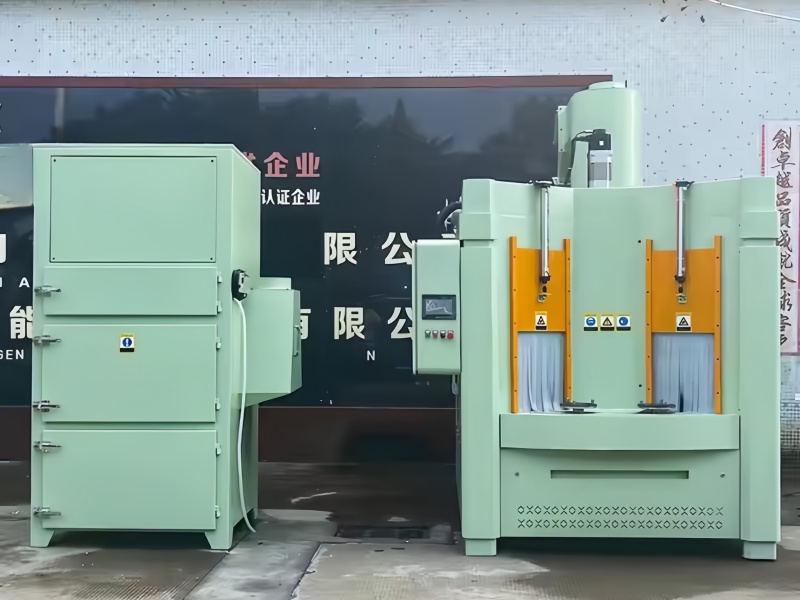
Sand blasting machines, also known as abrasive blasting systems, are versatile tools designed to propel abrasive materials at high velocity onto surfaces for cleaning, finishing, or material removal. This process, rooted in 19th-century innovation, has evolved into a cornerstone of modern manufacturing, construction, and maintenance. At its core, sand blasting leverages kinetic energy from compressed air or mechanical rotation to dislodge contaminants, reshape surfaces, or create specific textures. From small-scale DIY projects to massive industrial operations, sand blasting machines have become indispensable across diverse sectors, driven by their efficiency, precision, and adaptability. This overview explores the fundamental principles, key components, operational types, and industry applications of sand blasting machines, shedding light on their technological advancements and future prospects.
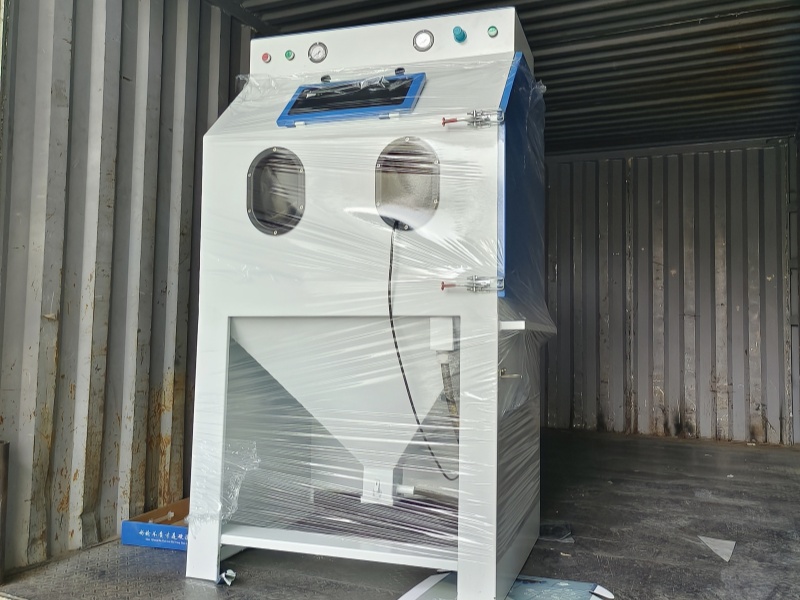
In the industrial landscape of 2025, sand blasting machines have evolved into indispensable tools for surface preparation, material finishing, and heavy-duty cleaning. Unlike their commercial or portable counterparts, industrial-grade sand blasters are engineered to handle large-scale operations, continuous use, and rigorous environmental demands. These machines form the backbone of industries ranging from automotive manufacturing to aerospace, shipbuilding, and heavy equipment maintenance. This article delves into the technical specifications, operational principles, advanced features, and market trends that define industrial sand blasting machines, exploring how they address the unique challenges of high-volume, precision-driven industrial applications.
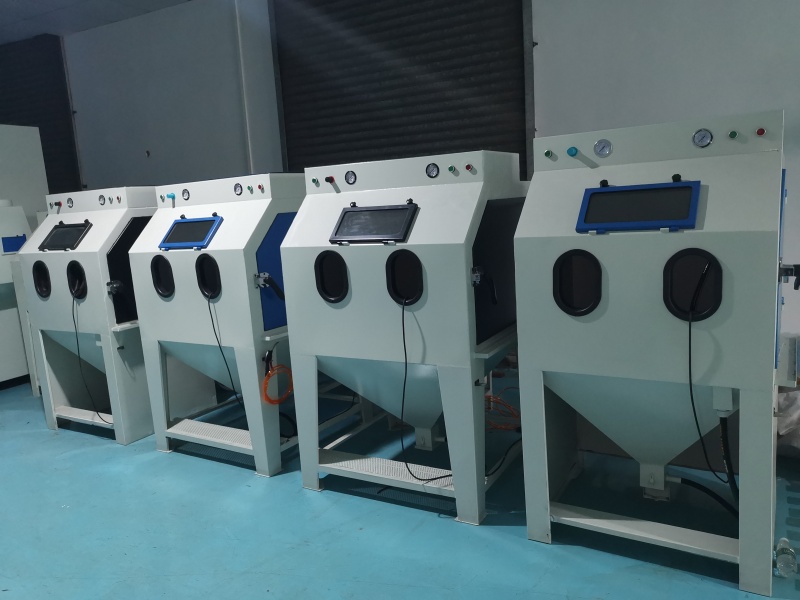
Sand blasting machine equipment, integral to the abrasive blasting process, encompasses a range of tools and systems designed to propel abrasive materials at high velocities for surface preparation, cleaning, or finishing. This technology has evolved significantly since its inception, with modern equipment featuring advanced components that enhance efficiency, precision, and safety. From portable units for small-scale projects to industrial-grade systems for mass production, sand blasting equipment is tailored to meet diverse operational needs. This comprehensive overview delves into the core components, functional types, and maintenance considerations of sand blasting machines, shedding light on their role in various industries.

A sand blasting machine, also commonly referred to as a sandblaster, is a piece of equipment designed to propel abrasive materials at high speeds onto a surface for various purposes. This process, known as sandblasting or abrasive blasting, has been widely used in numerous industries for decades due to its effectiveness in surface preparation and finishing. The fundamental principle behind a sand blasting machine is relatively simple: using a source of compressed air or a centrifugal wheel to accelerate abrasive particles, which then strike the target surface with sufficient force to remove contaminants, paint, rust, or to create a specific surface texture.
The history of sand blasting can be traced back to the late 19th century when inventors began experimenting with ways to use compressed air to propel abrasives. In 1870, Benjamin Chew Tilghman patented the first sand blasting process, which initially used sand as the abrasive material, hence the name. Over time, the technology has evolved significantly, with advancements in equipment design, abrasive materials, and safety features. Today, sand blasting machines come in various types and configurations, catering to a wide range of applications from small-scale DIY projects to large industrial operations.

In 2025, sand blasting machines continue to play a pivotal role in various industries, serving as essential tools for surface treatment processes. These machines have evolved significantly over the years, incorporating advanced technologies to enhance performance, efficiency, and environmental friendliness. This article aims to provide an in - depth exploration of the 2025 sand blasting machines, covering their working principles, different types, applications, technological advancements, and market trends.
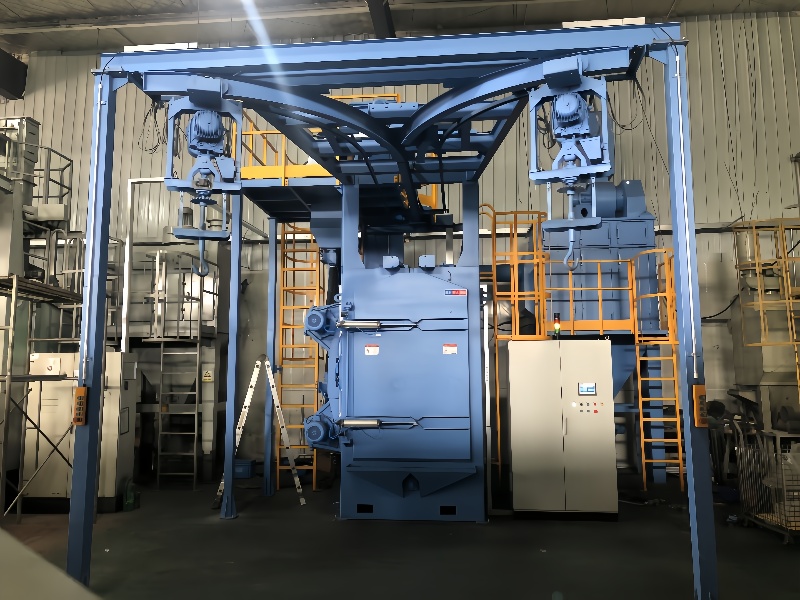
A shot peening machine system is a complex integration of mechanical, electrical, and material processing components designed to induce compressive residual stresses on workpiece surfaces. Unlike standalone machines, these systems emphasize modularity, automation, and process consistency across industrial scales. The technology traces its roots to post-WWII aerospace needs, evolving from manual blasting to fully automated production lines that handle millions of parts annually.
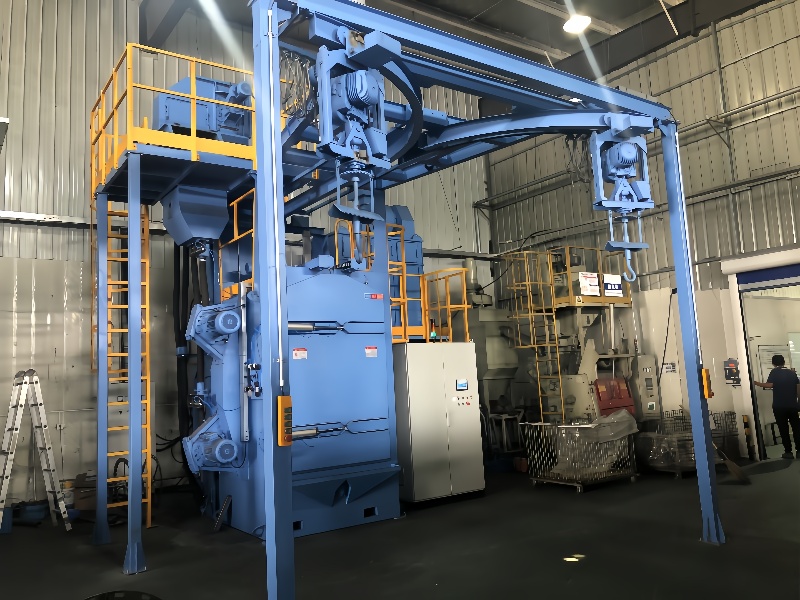
Shot peening machine equipment serves as the backbone of a critical manufacturing process that enhances material durability by inducing compressive residual stresses. These systems range from simple manual setups to complex automated installations, all designed to propel spherical shot particles at high velocity onto component surfaces. The equipment’s design directly influences the quality of peening, affecting parameters like stress depth, coverage uniformity, and surface finish.
Since the mid-20th century, shot peening equipment has evolved alongside industrial demands. Early pneumatic systems gave way to centrifugal wheel machines in the 1960s, followed by CNC-integrated systems in the 1980s. Today, modern equipment incorporates advanced sensors, robotic arms, and AI-driven controls to achieve precision unattainable by legacy systems. This overview dissects the core components, operational systems, maintenance protocols, and technological trends of shot peening machinery, providing a comprehensive guide to these indispensable industrial tools.